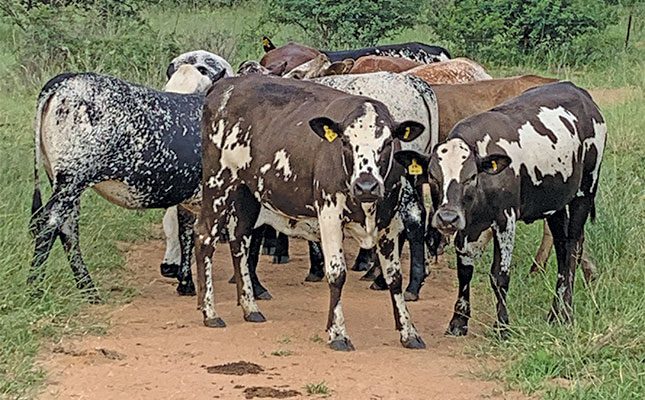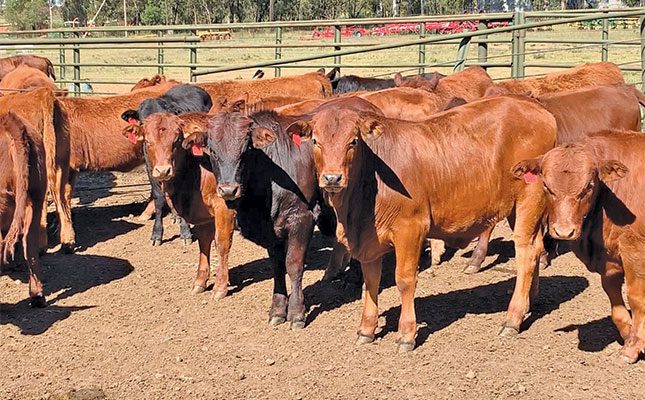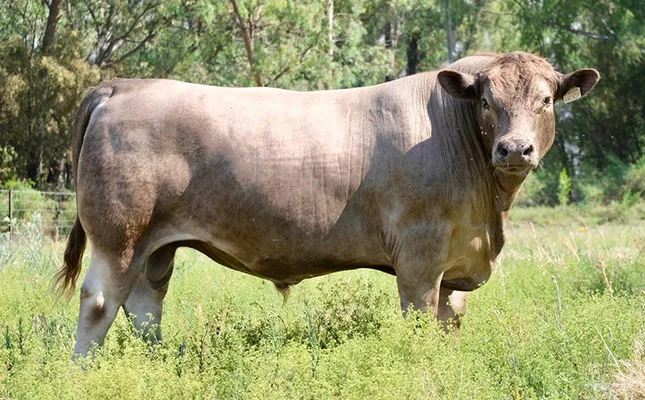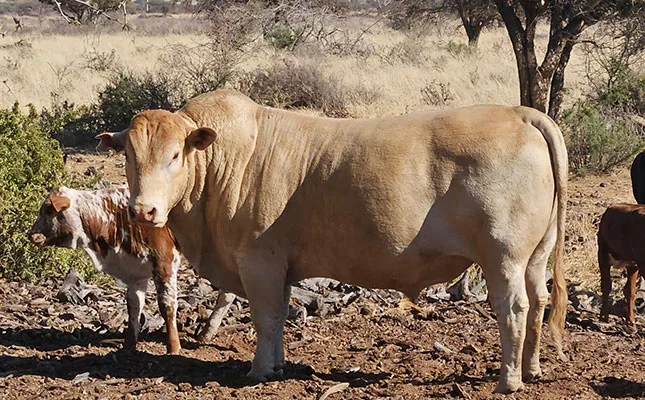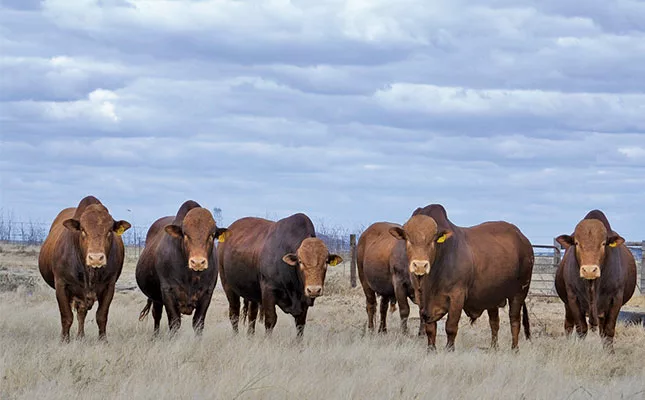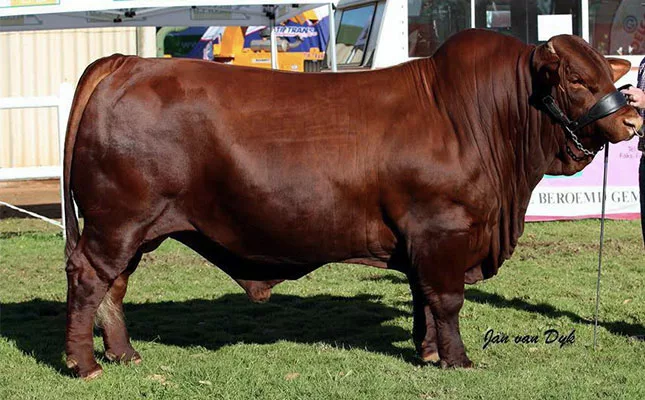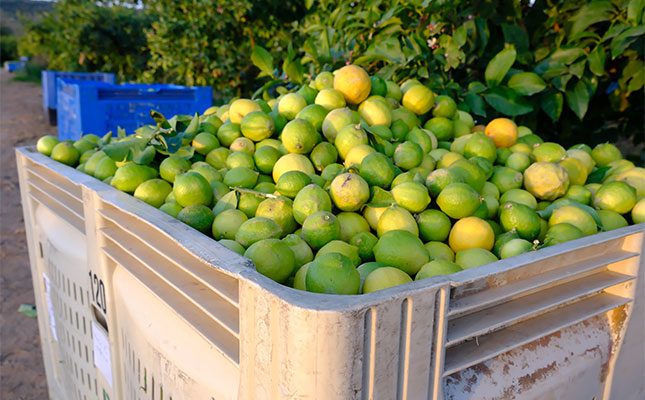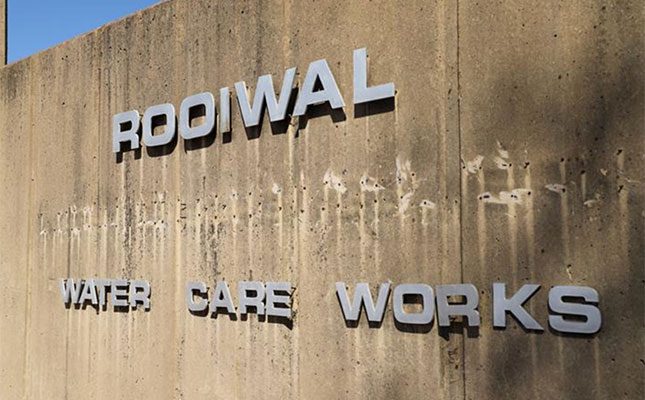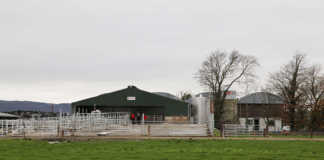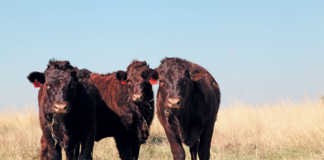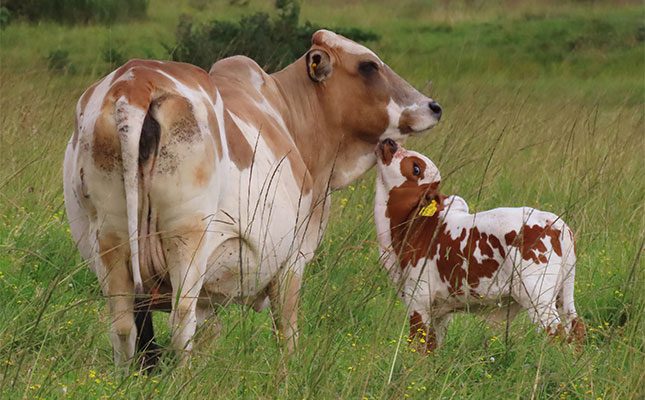
Photo: Boran Cattle Breeders' Society of South Africa
Tell us more about the history of the Boran.
The Boran has been bred as a purebreed for the past 1 300 years, with its last infusion of ‘new genes’ in 700CE.
This means it isn’t considered a synthetic or compound breed developed over a few decades. The timespan over which the breed has developed also means it has greater hybrid vigour than compound breeds.
It is traced back to cattle domesticated in three parts of the world, some as far back as 8 000BCE. Bos indicus, or Zebu cattle, were domesticated in the Indus Valley (present-day Pakistan) around 4 000BCE. European B. taurus were domesticated in Eastern Europe in 6 000BCE, and African B. taurus were domesticated in the eastern sub-Saharan area around 8 000BCE.
The European B. taurus was derived from a humpless animal, Hamitic Longhorns (B. taurus), which arrived at the Nile Delta around 6 000BCE. Further development came about with the introduction of the Taurine Shorthorn (B. taurus), believed to have happened over a period of about 250 years up to 2 500BCE.
The first introduction of the humped Zebu B. indicus cattle was from roughly 2 000BCE, with the second introduction, associated with the Arab invasion of Africa, about 699CE.
The African B. taurus line was domesticated in sub-Saharan Africa.
Current DNA sampling of the Boran has shown its genetic make-up to be 64% B. indicus, 24% European B. taurus and 12% African B. taurus.
The Boran breed started its development in Eastern Africa, specifically at the Borana Plateau in southern Ethiopia, from where different breeds migrated to various parts of Africa. It developed into the dominant breed of Eastern Africa, particularly Kenya, eventually becoming what was known as the East African Shorthorned Zebu.
This forerunner of the Boran arrived in Kenya in the 15th century, according to the Boran Cattle Breeders’ Society in Kenya (BCBS). These animals formed the foundation stock for what would later become the Boran, with improvements geared towards commercial ranching introduced from the early 1900s. Kenya’s BCBS was officially established in 1951.
Tell us about the South African Boran story, in particular.
The Boran was only formally recognised as a breed in South Africa by the Department of Animal Improvement in 1995. This milestone came decades after the first attempts to bring the breed into the country in the early 1960s had been thwarted by transboundary regulatory issues.
Kenyan farmer Miles Fletcher had first attempted to bring 100 head of cattle into South Africa when he immigrated to the country in 1962. He had moved his Kenyan herd to Zambia, but was then barred by Rhodesian authorities from moving the cattle through the country, as they insisted that animals transiting Rhodesia to South Africa had to originate in Kenya.
He eventually abandoned his attempt, and the herds in Zambia were sold to an enterprise in the Chimba district to become the foundation stock of the now highly regarded Demo Borans.
Attempts to bring the Boran to South Africa were only revitalised three decades later when a great- nephew of Fletcher, Sam Hodgson, decided to explore importing the breed into the country after reading an article about embryo transfer options.
He contacted the BCBS to express his interest and was instrumental in arranging for stockman Douglas Ralfe to visit as a judge at the Nairobi (Agricultural Society of Kenya) Show in 1992. During his visit, Ralfe, accompanied by his son Tim, also spent nearly two weeks visiting Boran farms across Kenya.
They were impressed by the type of animal they were seeing and its suitability for its environment, as well as the good herd instinct shown by the cattle.
The Boran was imported into South Africa shortly thereafter and recognised as a breed in 1995. The Boran Cattle Breeders’ Society of South Africa was founded on 17 May 2003.
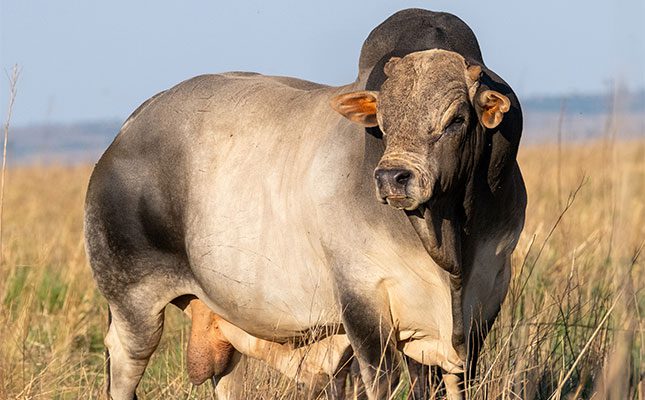
What are the benefits of the Boran compared with other cattle breeds?
Boran breeders describe the breed as a ‘true gift from god to cattlemen’, saying it is ideal for grassfed beef. This is especially relevant in today’s society, where consumers have become aware of the risks posed by hormones and growth stimulants.
The society has also witnessed other issues it believes have led to the downfall of many cattle breeds, including overfeeding and poor management, breeding ‘pretty’ animals for the sake of winning at shows, and greed.
In the search for a breed to meet the challenges of the 21st century, where farmers need to lower input costs in the face of unaffordable feed prices, the society has vowed never to allow the Boran to be shipwrecked by breeders with short-term interests.
The genetic composition of the Boran (European B. taurus 24%, B. indicus 64% and African B. taurus 12%) makes it a good choice for crossbreeding. It has been developed over centuries by the natural conditions of Africa and offers breeders exactly what they are looking for.
The following are some of the traits that make the Boran stand out from other cattle breeds:
Mother cow of Africa:
- Boran cows have very good udders with well-formed teats.
- They produce enough milk to wean calves that weigh more than 50% of dams’ weight at weaning.
- Good mothering instinct provides a deterrent against predators.
- Boran calves have an excellent survival rate.
- Cows produce small calves at birth: male calves average 28kg and female calves average 25kg. Calving problems hardly exist.
Longevity:
- It is quite normal for a 15-year-old cow to be sound-mouthed, healthy and fertile.
- There are records of a 16-year-old Boran bull still producing high-quality semen for artificial insemination.
Fertility:
- The greatest attribute of the Boran is its fertility.
- Even under harsh conditions a Boran cow will continue to breed and rear calves and do this without punishing herself.
- One explanation for this high fertility is that the cow has relatively low body weight-loss over the suckling period, thereby maintaining a good condition and being able to conceive again.
Disease resistance:
- A loose but very motile skin with a very short covering of hair and a high secretion of an oily substance makes the Boran a less desirable host for ticks and flies.
- Thick eye banks with very long eyelashes and a long tail with a big well-formed twitch all protect this indigenous breed against insects.
Temperament:
- Boran cattle are recognised as being generally quiet, docile and easy to handle. This trait has developed over many generations of cattle living close to man.
Carcass quality:
- Trials in Nebraska, US, show that the Boran and its crosses score consistently better than other Zebu breeds for meat tenderness, carcass marbling and rib eye area.
Herd instinct:
- The strong herd instinct of the Boran makes it easy to manage in bush country.
- It is almost impossible to steal a single animal out of a herd.
Good converter of roughage into good-quality beef:
- The Boran has tremendous rumen capacity, as can be seen in its exceptional depth of body. This allows the breed to be successfully fattened off the veld with no energy supplement.
- It is a good browser and has the ability to stay in good condition under difficult circumstances.
- Well adapted to environment and climate.
- Sound legs with good walking ability enable the Boran to cover great distances in search of food and water.
- As good grazers and browsers they optimise all vegetation at their disposal.
- Its short shiny summer coat and excellent heat tolerance allows it to outperform other breeds in hot, humid climates. It can also withstand extremely cold and wet conditions during winter as it is protected by excessively thick loose skin and a covering of very dense oily hair that is shed in spring.
How is the society involved in the breed’s genetic improvement?
The society maintains accurate herd books and pedigree records, ensuring the authenticity of animals in terms of breed, lineage and performance. This is vital for maintaining breed purity and preventing inbreeding.
We facilitate performance testing (for example, growth rates, feed efficiency, fertility and maternal ability) and utilise genetic evaluation tools, like expected progeny differences and genetic indices. This allows breeders to make informed decisions for selecting superior breeding stock.
The society establishes and upholds breed standards, ensuring that animals conform to the desired characteristics and traits of the breed. This includes conformation, temperament and other functionally efficient aspects.
We also engage in or support research to further understand and improve the breed, often collaborating with universities and agricultural institutions.
What are some of the other roles the society fulfils?
We actively promote the breed through various media channels, showcasing its advantages and unique qualities to a wider audience, including commercial farmers and the public. We also organise and host competitive auctions and sales events, providing platforms for members to exhibit and market their best livestock.
Members benefit from collective advertising efforts that promote the breed as a whole, which would be too costly for individual breeders to undertake.
The society represents the interests of its members and the breed within the agriculture sector, engaging with government bodies and other organisations on issues affecting cattle breeding.
Finally, we contribute to establishing industry-wide best practices for animal identification, record-keeping and ethical breeding.
Why is society membership important?
The society serves as a platform for knowledge sharing and education, providing members with:
- Access to experienced breeders: membership provides invaluable access to a network of experienced breeders who can offer advice, mentorship and opportunities to purchase quality stock.
- Workshops and training: societies frequently organise educational workshops, field days and training courses on various aspects of cattle breeding, herd management, performance recording and even judging.
- Information dissemination: members receive regular updates, e-bulletins, journals and access to online resources, keeping them informed about the latest advancements, market trends and society activities.
It also helps foster a sense of community and collaboration among members through networking opportunities.
Members can pool resources for activities like progeny testing or group breeding schemes, which can be more cost-effective.
Belonging to the Boran Cattle Breeders’ Society of South Africa is incredibly important for anyone serious about cattle breeding, whether for stud or commercial purposes. Our society plays a crucial role in the promotion, preservation and improvement of the Boran breed.
In essence, belonging to a cattle breeders’ society elevates a breeder from an individual operation to a participant in a collective effort aimed at advancing the quality and sustainability of the breed, ultimately benefitting individual members and the broader beef industry.
For more information phone the Boran Cattle Breeders’ Society of South Africa on 051 410 0951, or visit boran.org.za.

